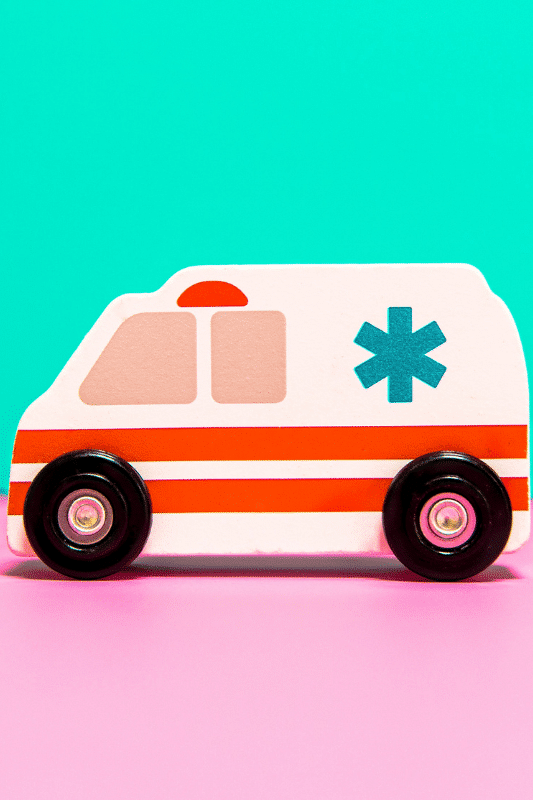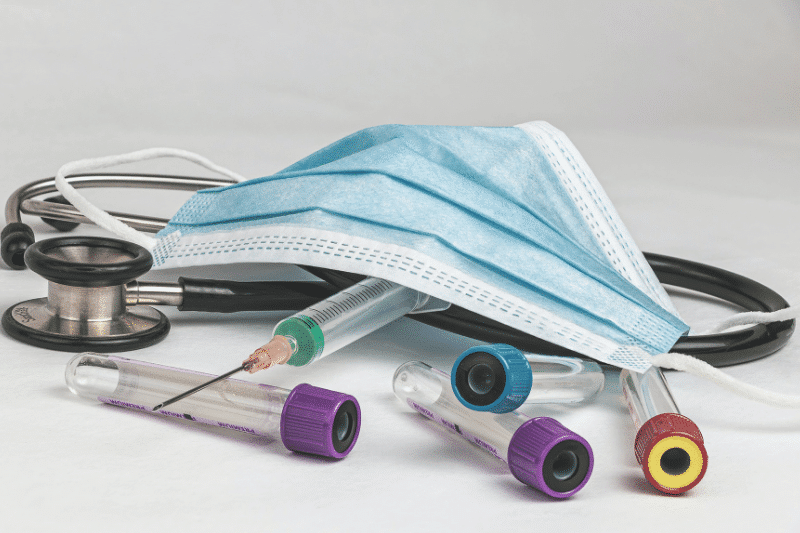Hand Hygiene: Shocking Statistics & How To Take Care of Your Hands
We’ve done the math on how many times nurses perform hand hygiene, plus some shocking facts and a few tips on how to take care of your hands as a nurse.
Our relentless research goes beyond shoes. Capsol allows us to talk all things nursing, from career advice and current news to self-care and mental health. These conversations with you, the community, and the world at large help us put our best foot forward when creating the best nursing shoes on the planet.
Circulating on various social media platforms among nurses is an interesting difference between teachings among nursing school students and EMS students. It centers around the topic of personal and workplace safety. Coming from someone who has worked both the EMS side and the nursing side, let’s talk about the vast difference between personal and workplace safety teachings in EMS versus nursing.

In EMS, the first thing you are taught in school is scene safety. Whether you are a firefighter, emergency medical technician, or a paramedic, when you are going through your training, it is ingrained into you that when you arrive on the scene, no matter the status of the patient, you make sure the scene is safe. And the reasoning makes sense.
After all, you are not much help to that patient if you are injured, or otherwise compromised. Of course in the real world, scene safety isn’t practiced dramatically as it is in school. In school, you will fail a competency test for not verbalizing that the scene is safe but in the real world, there isn’t anyone there to grade you or hold you accountable in most cases.
Many EMS companies have procedures in place that they are to be escorted by police for specific types of calls such as violence or drugs. This is put into place to ensure that the staff is safe on the call.
With implemented policies and procedures, there is quite a bit of focus put into the safety of EMS providers.
However, reading that as a nurse, there is one thing that stands out.
Nurses aren’t given this same detail in school to workplace safety.
Now, of course, there is the difference between nurses being in an actual workplace with a somewhat controlled environment, versus EMS who are on the streets and in people’s homes.
Even though the hospital might not seem as dangerous as being out and about in public, there are still a plethora of hazards.
It is quite interesting that in nursing school, nurse safety isn’t always preached. Patient safety is drilled into you daily, including ways to manage falls and double-checking everything, but only occasionally will you get a comment about your own personal safety, and rarely will there ever be an actionable solution taught.
When you think about this difference between nurses and EMS, the nagging question is, “why?”. Why is there such a divide? After all, EMS and nurses alike, we are all here to help people.
After thinking about it, one conclusion is that hospitals get a lot of funding through patient survey scores whereas EMS get funding mostly from tax dollars.
Therefore, hospitals have a lot more financial investment into the patient’s safety as their experience is dictating incoming money, making patients an asset. Nurses on the other hand are a cost for the hospital and not an asset. The hospital has to pay them and provide benefits while nurses are not the ones bringing the money in.
It seems likely that the reason patient safety is stressed more than workplace safety is because of the hospital’s bottom line.
Let’s look at an example. How many times have you seen a nurse run into an isolation room without PPE for a code or other patient emergency?
We’re willing to bet that you’ve seen it or even have done it a lot.
But were you ever taught to put your safety, in those situations, above the patient’s outcome?
Often times nurses are not. Many companies have subliminally pushed the culture of a “good” nurse is one that disregards their own health and safety for the “greater good” of the patient.
However, ultimately, it is important to remember a good nurse is one that can stay safe and be around to help the next patient.
We know that EMS personnel compromise their safety at times whether willingly or under pressure, but there is a vast difference in how EMS are taught workplace safety and nurses are taught patient safety.
Since many of us weren’t taught about workplace safety, let’s cover five quick tips to stay safe as a nurse.

Overall, the important part is just to be mindful of your safety. Your safety matters just as much as the patient’s safety, even if it doesn’t seem like it to the administration. There needs to be a change in the way we view workplace safety for nurses.
And yes, a lot of it would be better with proper staffing and better rights for nurses, but in the meantime, remember that it is okay to be a bit selfish in the nursing profession, even if you are there to help others.
Were you ever taught about protecting yourself first? Have you noticed this difference?
Author
most recent
We’ve done the math on how many times nurses perform hand hygiene, plus some shocking facts and a few tips on how to take care of your hands as a nurse.
Celebrate Pediatric Nurses Week as we talk about what pediatric nurses do, ideas for showing appreciation, and a breakdown of how to become one. Don’t miss this!
Ever wonder, what is with nurses and coffee? I mean, why do nurses love coffee? So many of us depend on that rich, hot java to jumpstart a shift.
0 Comments